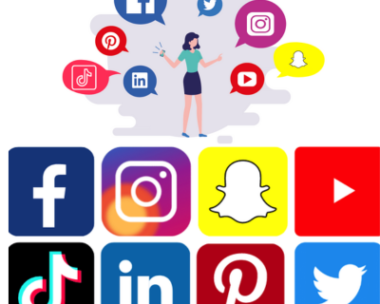Business, Multinational Companies Chat GPT Usage and Limitations
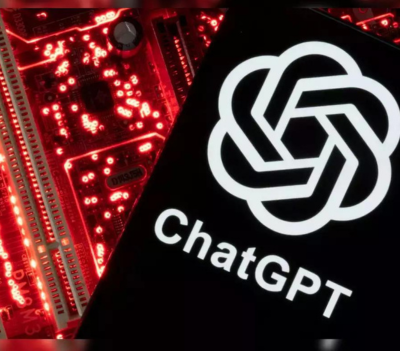
Chat GPT Usage and Limitations
The GPT (Generative Pre-trained Transformer) model from OpenAI is a complex language generation model, and ChatGPT is a subset of it. It is a neural network language model built on deep learning that produces writing that resembles that of a human.
It was trained on a massive quantity of text data, so it could understand and respond to input in natural language. It may be tailored for various natural language processing (NLP) tasks including translating across languages, summarising documents, giving answers to inquiries, and text completion.
Chat GPT is designed to be used in conversational contexts, such as chatbots and digital assistants, in order to understand and respond to context and offer more human-like responses.
How to Open Merchant Account in a Courier Company
Chat GPT Usage and Limitations
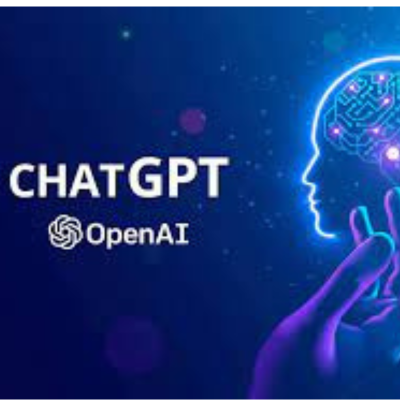
Due to its capacity to produce writing that resembles that of a person, Chat GPT has gained popularity in the fields of Natural Language Processing (NLP) and artificial intelligence (AI). It may be adjusted for a variety of NLP applications and employs deep learning techniques to comprehend and respond to natural language input. This makes it an effective tool for many different applications, including text completion, language translation, chatbots, and digital assistants. Additionally, it has become a popular option for conversational AI, an area of rising interest and investment, because of its capacity to comprehend the context and provide more human-like replies.
Finally, ChatGPT’s release by OpenAI, a business renowned for its cutting-edge AI research, and the fact that it is open-source have added to its hype. Because of this, it is now available to a wide range of enterprises, academics, and developers, enabling them to experiment and create new applications. Many different people, groups, and businesses may utilize ChatGPT to enhance their processes and offerings.
The following are some of the key demographics that ChatGPT can help:
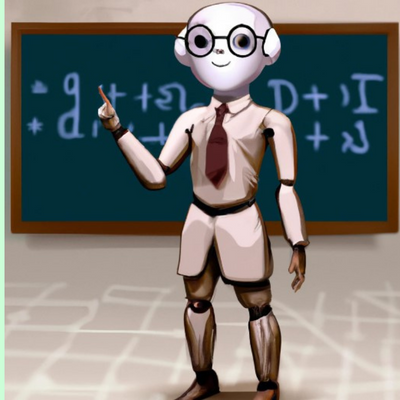
- Researchers and developers: Natural language processing (NLP) applications including chatbots, virtual assistants, language translation, text summarization, and text completion may be created and improved with Chat GPT.
- Businesses and organizations: By automating text-based operations like data input and document preparation, Chat GPT may improve customer service and engagement, automate repetitive tasks, and increase productivity.
- Educational institutions: ChatGPT may be utilized in academic institutions to enhance text summarization, translation, and language learning.
- Creators of media and content: Creators of media and content can utilize ChatGPT to inspire their writing, content, and other creative endeavors.
- Healthcare: By automating text-based processes like data input and document preparation, ChatGPT may increase patient involvement, eliminate tedious jobs, and increase efficiency.
- Government organizations: By automating text-based processes like data input and document preparation, ChatGPT may be used to increase citizen involvement, handle repetitive chores, and increase efficiency.
How is ChatGPT implemented?
The technology behind ChatGPT can appear straightforward at first. It swiftly responds to your requests, inquiries, or prompts. The technology to achieve this is far more complex, as you might expect.
Top 10 Online Shopping Sites in Pakistan
A sizable dataset of text from several sources, including books, web texts, Wikipedia articles, and other texts from the internet, was used to train the model. It was specifically trained using 570GB of data that contained 300 billion words. Because of its considerable training, ChatGPT is able to comprehend and reply to a variety of cues and inquiries.
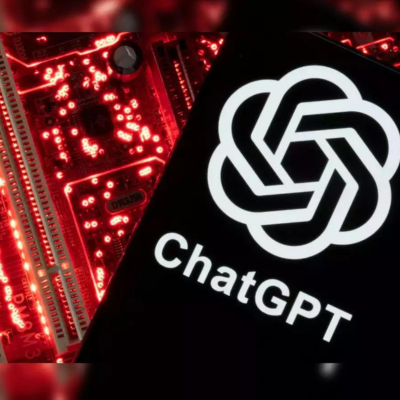
ChatGPT uses probability to predict what the following word in a phrase should be as a language model. The model underwent supervised testing, where it was given inputs (such as, what color is grass?) and the right outputs (green) to aid in the development of its knowledge. To confirm the model’s correctness, this process—known as data annotation—was repeatedly carried out.
The model underwent a second identical step in which several responses were put out and ranked by a team member. As a result, the model was able to benefit from comparisons and better develop its comprehension of cues and queries. ChatGPT is the ultimate know-it-all because of its method of supervised testing and continuous learning, which distinguishes it from other language models.
ChatGPT’s limitations
Despite its powerful features and quick uptake, it’s critical to keep in mind that ChatGPT remains a flawed technology. To ensure you get the most out of ChatGPT and steer clear of typical problems, we’ve outlined its most significant restrictions below:
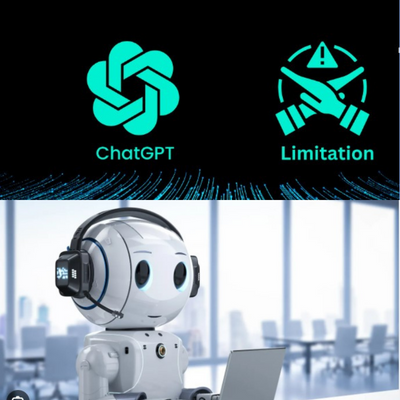
- Not online: Unlike a web search engine, ChatGPT does not have real-time access to the internet. After it was trained on a dataset with a 2021 knowledge cut-off, it has little awareness of changes or events that have taken place since then.
- Responses are not always accurate: The responses produced by ChatGPT are not always accurate, particularly in the case of complicated or extremely detailed queries. Additionally, according to OpenAI, ChatGPT occasionally offers “plausible-sounding yet incorrect or nonsensical responses.”
- Bias problems and training data limitations: ChatGPT, like many other AI models, is only as objective as the data it is trained on. The model will reproduce any biases present in the training set of data. Inaccuracies or improper replies may result from this.
- Limited emotional comprehension: ChatGPT may produce emotionally laden text, but it cannot comprehend the emotions that underlie the language. Inappropriate or insensitive responses may result from this. For instance, it could be incapable of providing a compassionate and sympathetic response to a customer’s complaint.
- Limited creativity: ChatGPT can produce writing that is grammatically and structurally sound, but it cannot produce really original stuff. It might not be able to create a memorable tagline or persuading ad content, for instance.
- Issues with stability and capacity: ChatGPT is a strong tool, but there are limits to the quantity of text it can produce, especially when using a shared server. This can cause the server to go down or become unavailable sometimes.
For business opportunities
Companies that properly utilize ChatGPT’s capabilities can take advantage of a wide range of opportunities. Chat-based AI can support human labor by automating monotonous chores and delivering more interesting user interactions.

Here are some examples of how businesses may use ChatGPT’s features:
- Collection of research
- Producing material
- Generating ideas
- Coding and bug-fixing
- Putting some of the sales processes on autopilot
- Providing post-mortem services
- Using automation to improve and streamline operations
- Text translation from one language to another makes the client onboarding process easier.
